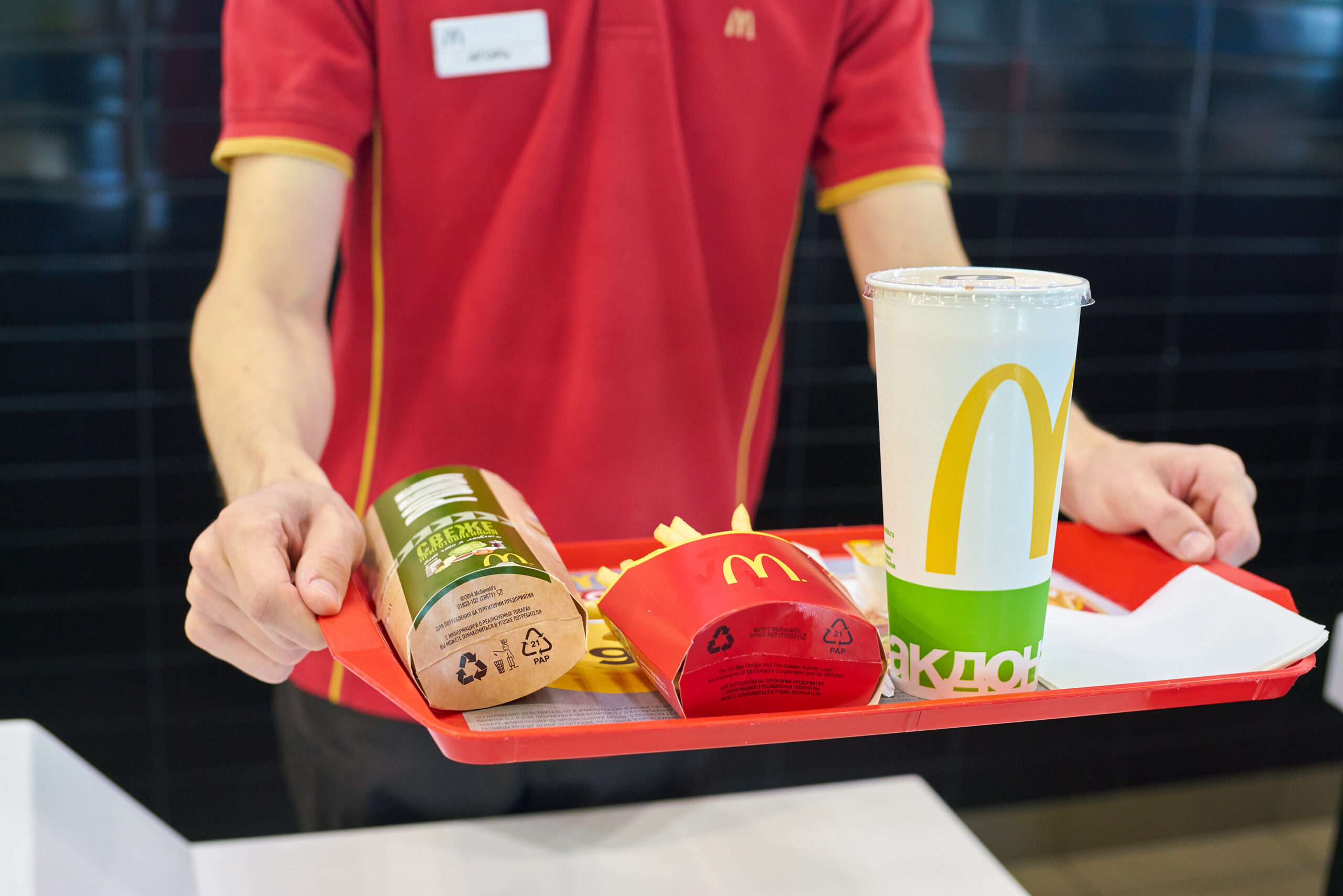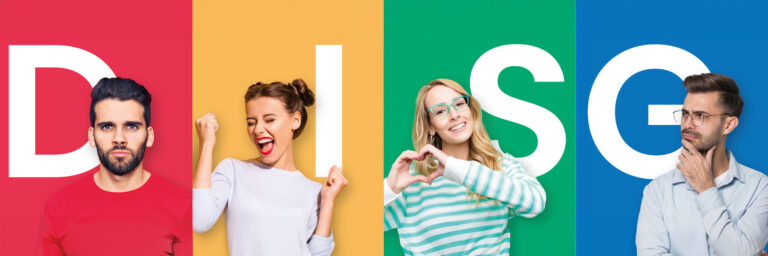McDonald’s Germany has designed a specially developed basic and advanced seminar for employees in training positions for internal trainer qualification. Since this year, the learning and teaching style-profiles developed by persolog are being used for the first time. This is intended to enable participants to reflect on and optimize their own teaching behavior. This is intended to ensure that seminars are oriented towards the participants.
An interview with Philipp Schulz, responsible manager of the national training center of McDonald’s Germany Inc.
persolog: What challenges do you currently face in the training area at McDonald’s?
Philipp Schulz: Our aim is to prepare our employees in the restaurants and in the administration for the constant challenges. New products, new procedural methods, and the multitude of tasks. Our employees face constant demands. We’re here to support them through it all.
persolog: What particular emphasis do you place on when training participants?
Philipp Schulz: In order to qualify and motivate the participants as best as possible, our trainers must proceed methodically and didactically professionally. To ensure this, we have developed a training program specifically for trainers in addition to orientation plans for the trainers, which we call “Training for Trainers.”
persolog: What does this trainer qualification look like exactly?
Philipp Schulz: We’ve developed a two-stage program for our training employees. The initial basic seminar covers presentation techniques, methodology, and didactics, with input from a respected theater director on body language and expression. This equips our trainers well. Once participants gain experience, they can attend our advanced seminar, which includes persolog’s learning and teaching styles among other topics.
persolog: How do you specifically use the learning and teaching style Model?
Philipp Schulz: First, we review the contents of our basic seminar. The good thing about it is that the learning and teaching style profiles build directly on it. The perspective is to tailor our seminars to the participants, and it is good to have different learning styles in mind and align one’s own teaching style accordingly. A good trainer must be flexible and able to respond to different demands. After the participants have developed the profiles, we delve deeper into the advantages and disadvantages of the styles and consider what consequences we can draw for the future and work on this with metaplan boards.
persolog: How did you become aware of our profiles in this context?
Philipp Schulz: We believe it is important for a trainer not only to occasionally reconsider training content but also to reflect on their own trainer behavior. We were therefore looking for a suitable tool to enable this. After testing it, we were impressed by the meaningfulness and at the same time by the easy understanding of the content. This is now also reflected in the feedback from the participants.
persolog: One last question: Do you sell more burgers through the teaching and learning style profile and the training for trainers that you conduct?
Philipp Schulz: An interesting question! That would be an interesting research project. But getting truly valid and reliable data is impossible for me. Scientifically, I have to leave this question open. On the other hand, we believe that by means of our enabling didactic approach, we qualify, motivate, and thus optimize our trainers as best as possible. I really have to say one thing: McDonald’s has its own employed trainers – and they are top-trained. And through our well-trained and motivated participants, this certainly also has an impact on the complex processes in the restaurant.



